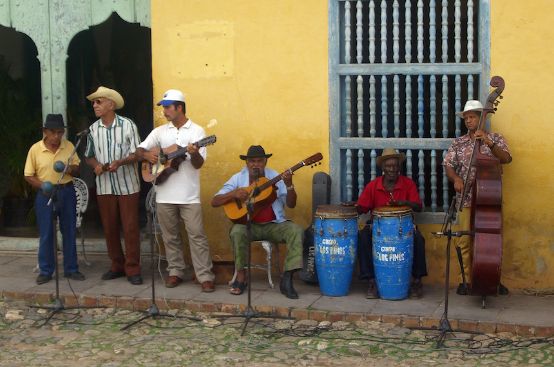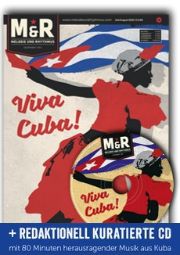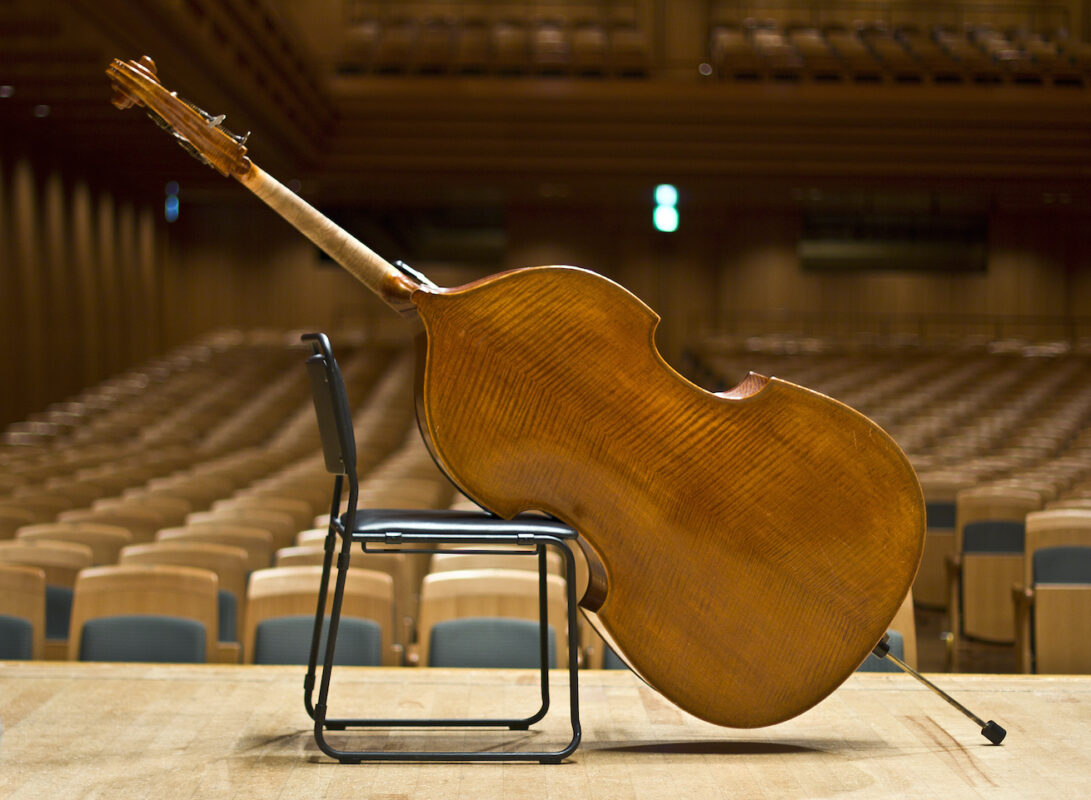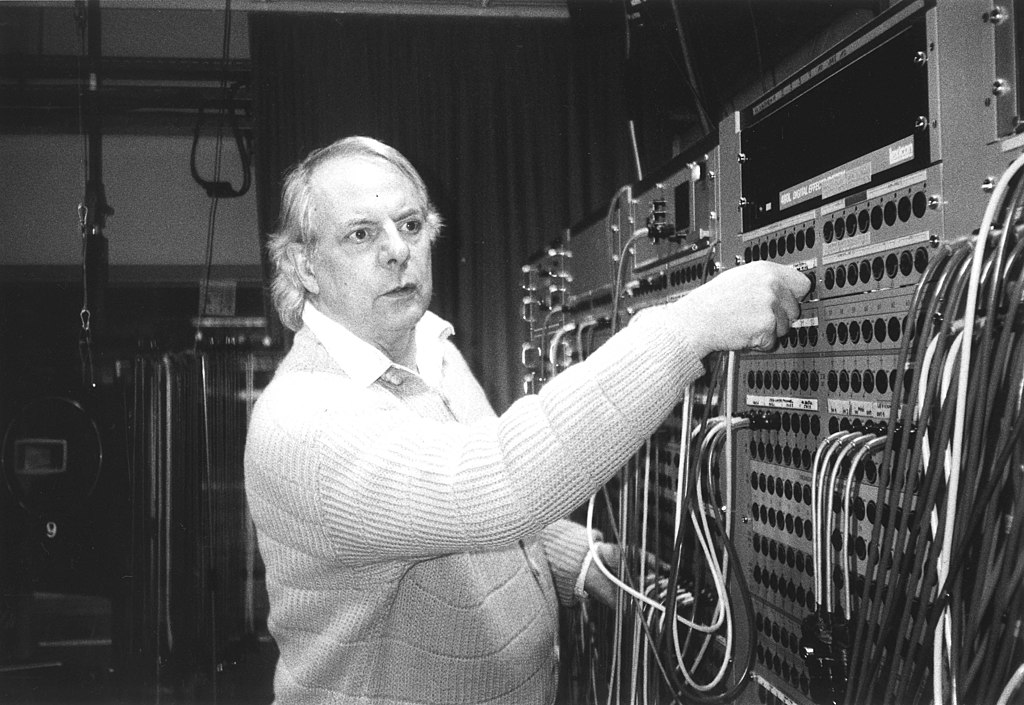"Viva Cuba"
The latest edition of "Melodie & Rhythmus" offers impressions of the changing Cuban music culture.

In 1961, President John F. Kennedy gave the go-ahead for the invasion of Cuba. However, the military intervention by Cuban exiles organized by the USA failed. As a result, the United States imposed a trade embargo on the island nation a year later, which was only gradually relaxed during Barack Obama's term of office. The political and economic thaw also had an impact on culture. The editors of the German music and culture magazine Melody & Rhythm traveled there to get his own impression. The result is an edition with the title Viva Cuba!.
Over fifty pages, the reader not only learns that Cuban music is based on five stylistic pillars (son, rumba, canción cubana, danzón and punton), but also how the country's approximately 11,000 professional musicians maintain their artistic diversity and why the frontman of the metal band Tendencia, José Ernesto Medero "Kiko" Valdéz, decided not to leave his homeland - despite the temptations of the US market. The interview with Darsi Fernández Maceira, a specialist lawyer in the Cuban cultural sector, and the meeting with publicist Enrique Ubieta are particularly revealing. While Maceira talks about Cuban copyright law, which aims to ensure the widest possible access to culture and information, and also explains why concerts by a great pianist like Roberto Fonseca are poorly attended in Havana ("We haven't learned how to get the audience's attention"), Ubieta reflects on the various cultural models. The 57-year-old is convinced that the USA will continue to strive to reverse Cuba's revolution: "And culture will be the main area of conflict."
Viva Cuba! allows the reader to immerse themselves in the world of Cuban music and also presents multifaceted retrospectives and outlooks. The only minor criticism is that while long-serving luminaries such as 85-year-old Omara Portuondo are dealt with in great detail, the stars of tomorrow have to make do with a few subordinate clauses. To make the country and its music tangible, the issue comes with a CD containing 17 tracks. It features guitarist Vicente Feliú, multi-instrumentalist Yusa and the formation Mezcla - which, according to Carlos Santana, sounds like "fresh water". Although there are hardly any newcomers to be heard on the sampler either, it is fair to say that there are some newcomers: The musical overview is not only extremely varied, but also cleverly put together.
Melodie & Rhythmus, Viva Cuba, July/August 2016 issue, Verlag 8. Mai, Berlin www.melodieundrhythmus.com









